Ruben Montaldo D’Albora, musician and educator, presents in this article a Musical Accessibility Program focused on rehabilitating and transforming people’s lives through music.
Introduction
The Universal Declaration of Human Rights, in its Article 27, enshrines everyone’s right to freely participate in the cultural life of the community, to enjoy the arts, and to share in scientific progress. For people with mental health issues, however, this access to culture can be affected by structural and social barriers.
In Uruguay, Hospital Vilardebó, the national reference center for mental health care, provides a Musical Accessibility Program aimed at contributing interdisciplinarily to the transformation of these people’s lives through music, promoting their psychosocial rehabilitation, well-being, and community inclusion.
Music can be an engine of change for mental health and this program has achieved a tangible positive impact on its participants.
A bridge between music pedagogy and therapeutic benefit
The Musical Accessibility Program at Hospital Vilardebó is distinguished by its pedagogical approach centered on music teaching, which differs from traditional music therapy, where objectives focus on direct therapeutic interventions. This program’s approach does not seek exclusively to contribute to rehabilitation from a clinical perspective, but also to awaken each participant’s artistic potential.
The primary goal is that users, through learning an instrument, composing, or improvising, achieve meaningful musical production, expressing their emotions and experiences through art.
The pedagogical process not only results in artistic achievements, but triggers therapeutic benefits inherent to the musical experience. Music, as an expressive and communicative language, promotes cognitive, psychomotor, emotional, and social development, allowing individuals to expand their capacities beyond the educational sphere.
This comprehensive approach becomes a catalyst for well-being, strengthening essential life skills and contributing to psychosocial rehabilitation.
Musical learning as a catalyst for skills
Neuroscience research has shown that musical learning has a positive impact on diverse skills, and the Musical Accessibility Program leverages this evidence to improve the quality of life of its users.
Learning to play an instrument, composing or improvising music activates and develops a variety of brain functions, such as attention, memory, cognitive flexibility, processing speed, and motor coordination.
Playing a musical instrument involves the coordination and development of fine and gross motor skills, in addition to stimulating processing speed in the brain, which favors cognitive efficiency.
By being part of a musical ensemble, users also develop social skills, such as interaction, collaboration, and teamwork.
These benefits derive not only from the act of making music, but from the social context in which it occurs, where interaction with other musicians and with the audience becomes an essential part of the experience.

Subscribe
to our
Newsletter
The importance of technology in musical accessibility
The program integrates technology in two fundamental aspects: cognitive assessment and training, and audiovisual production.
Assessment and cognitive training
Specialized digital platforms, through games and activities, allow assessing users’ cognitive functions, such as attention, memory, and cognitive flexibility, and creating personalized training programs.
This precise and systematic assessment is essential to adapt musical learning to each user’s individual needs, ensuring they can progress at their own pace and receive appropriate support.
Audiovisual production
On the other hand, audiovisual production plays a fundamental role in the program, since it documents the ensemble’s performances, creating a tangible record of the participants’ learning and artistic achievement.
These productions, which include professional-quality recordings, not only serve as a motivation tool and feedback for the users, but also as a way to disseminate the program’s impact and raise community awareness about the importance of musical accessibility.
Program methodology: A path toward inclusion through music
The Musical Accessibility Program at Hospital Vilardebó follows a meticulous structure that encompasses several stages, each designed to promote the users’ personal and social development.
1. Initial assessment
The first stage is the initial assessment of the cognitive functions involved in musical activity using digital tools and other assessment methodologies. This assessment allows understanding each participant’s strengths and weaknesses and developing a learning plan tailored to their abilities and goals.
2. Design of a personalized musical learning program
In the second stage, a personalized musical learning program is designed, taking into account the user’s interests and goals, as well as their specific needs.
3. Musical cognitive development
Musical cognitive development occurs in the third stage, in which users learn to play an instrument, compose, or improvise, participating in orchestral ensembles.
This stage focuses on enjoyment and expression, while cognitive, motor, emotional, artistic, and social skills are developed.
4. Musical activities for cognitive training
The fourth stage includes musical activities for specific cognitive training, which are carried out through artistic methodologies systematized in the program and digital platforms.
This training seeks to strengthen executive functions such as working memory, inhibition, and cognitive flexibility.
5. Creation of an audiovisual production
Finally, the artistic culmination takes place with the creation of a professional audiovisual production that documents the learning process and the users’ artistic achievements, providing them with a sense of accomplishment and a tangible product of their effort.
The transformative power of music: Testimonials and impact
Professionals’ and users’ testimonials suggest a significant positive impact in various areas. Participants feel empowered by being able to express themselves through music, developing their artistic potential and feeling part of a community.
Musical learning not only allows them to develop cognitive and motor skills, but also to improve their emotional and social well-being, creating bonds with their fellow ensemble members and finding a sense of belonging.
The program’s culmination in a professional audiovisual production gives users a tangible goal to work toward, which increases their motivation and provides a sense of accomplishment when reaching that goal. This experience of achievement is crucial for their self-esteem and for fostering a positive attitude toward learning and rehabilitation.
Social integration and psychosocial rehabilitation: Beyond musical enjoyment
Participation in a musical ensemble transcends mere instrumental practice, becoming a powerful tool for social integration and psychosocial rehabilitation.
By integrating into a musical group, users develop social skills such as collaboration, communication, and coordination, which are fundamental for community life.
The experience of working as a team, listening to others, and contributing to the group’s success allows them to strengthen their sense of belonging and overcome the feeling of isolation that often accompanies mental health problems.
The musical ensemble provides a safe space where users can express themselves without being judged and where their contributions are valued.
The inclusion of professional musicians in the ensemble provides role models and raises the group’s quality, allowing users to learn from their more experienced peers.
This integration favors the creation of bonds and the establishment of meaningful relationships, which are essential for emotional well-being and psychosocial rehabilitation.
The interdisciplinary approach: Music and mental health in convergence
The Musical Accessibility Program pursues an interdisciplinary approach that combines art, pedagogy, and science to create a model of mental health care.
Music becomes a universal language that facilitates collaboration among professionals from different disciplines, such as musicians, educators, psychologists, psychiatrists, occupational therapists, social workers, and nursing staff of the institution, as well as the technical teams of halfway houses where some users are referred after their discharge from the hospital.
The aim is to offer comprehensive care.
The use of online neuroscientific technological tools makes it possible to measure and assess users’ progress objectively, providing a meeting point between art and science.
These data become a common basis for mental health professionals and musicians to work together, designing personalized intervention strategies adapted to each user’s needs. In this way, the program helps break down barriers between art and science, promoting a more holistic understanding of the rehabilitation process and consolidating a transdisciplinary language.
The value of the program methodology: Strategies for personal transformation
The program’s methodology is based on adapting the teaching process to each participant’s individual needs, which ensures that all users, insofar as they perceive music, can experience success and enjoyment in musical learning.
The creation of an accessible repertoire and the integration with professional musicians ensure that users can participate actively without feeling overwhelmed by technical complexity.
Working toward a tangible goal, such as a live performance or an audiovisual production, provides additional motivation and a sense of accomplishment that reinforces their self-esteem.
The program also fosters collaboration between users and professional musicians, which not only raises the ensemble’s musical quality, but also gives users role models and the opportunity to learn from experienced musicians.
The inclusion of cognitive training activities through digital platforms allows a precise assessment of progress and adapted training, ensuring that each user can advance at their own pace and develop their skills effectively.
Bibliography
- Audiovisual Production “Art and Mental Health: We All Need Music”. (2024). Google Drive. https://drive.google.com/file/d/11KbpkHpdYE_WBNJlmF7dnnwhaMgbgF14/view?usp=sharing
- Teodoro Vilardebó Mental Health Congress. (2024). Google Drive. https://drive.google.com/file/d/1y40bpzIVfJQyGlobqjn2NbDrpKWIwPdT/view?usp=sharing
If you liked this blog post about a Musical Accessibility Program, you will likely be interested in these NeuronUP articles:
“This article has been translated. Link to the original article in Spanish:”
Programa de accesibilidad musical
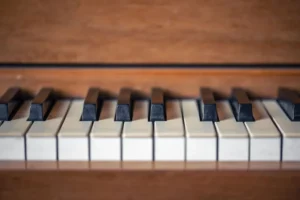
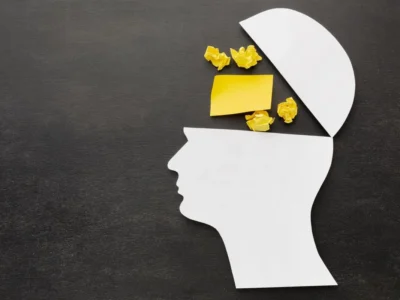
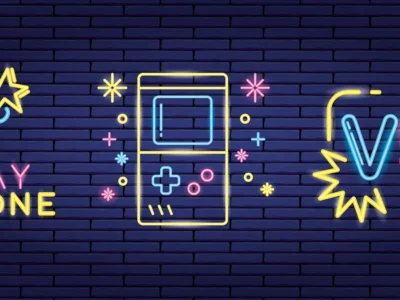
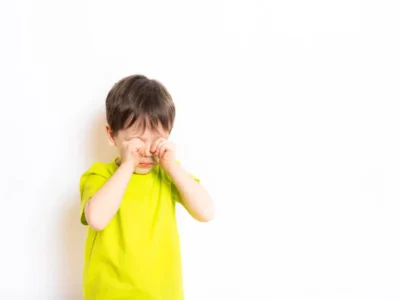
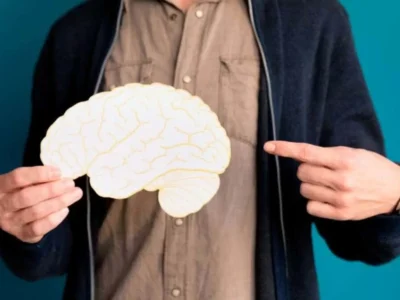
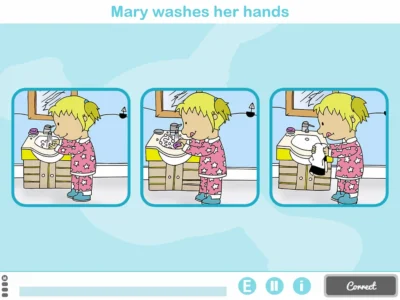
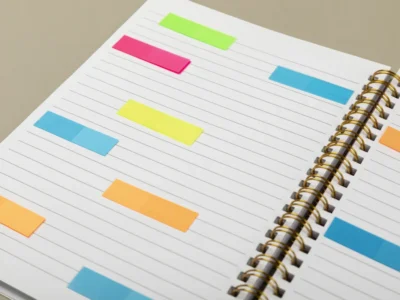
 Episodic memory game for kids: Learn the names (audio)
Episodic memory game for kids: Learn the names (audio)
Leave a Reply